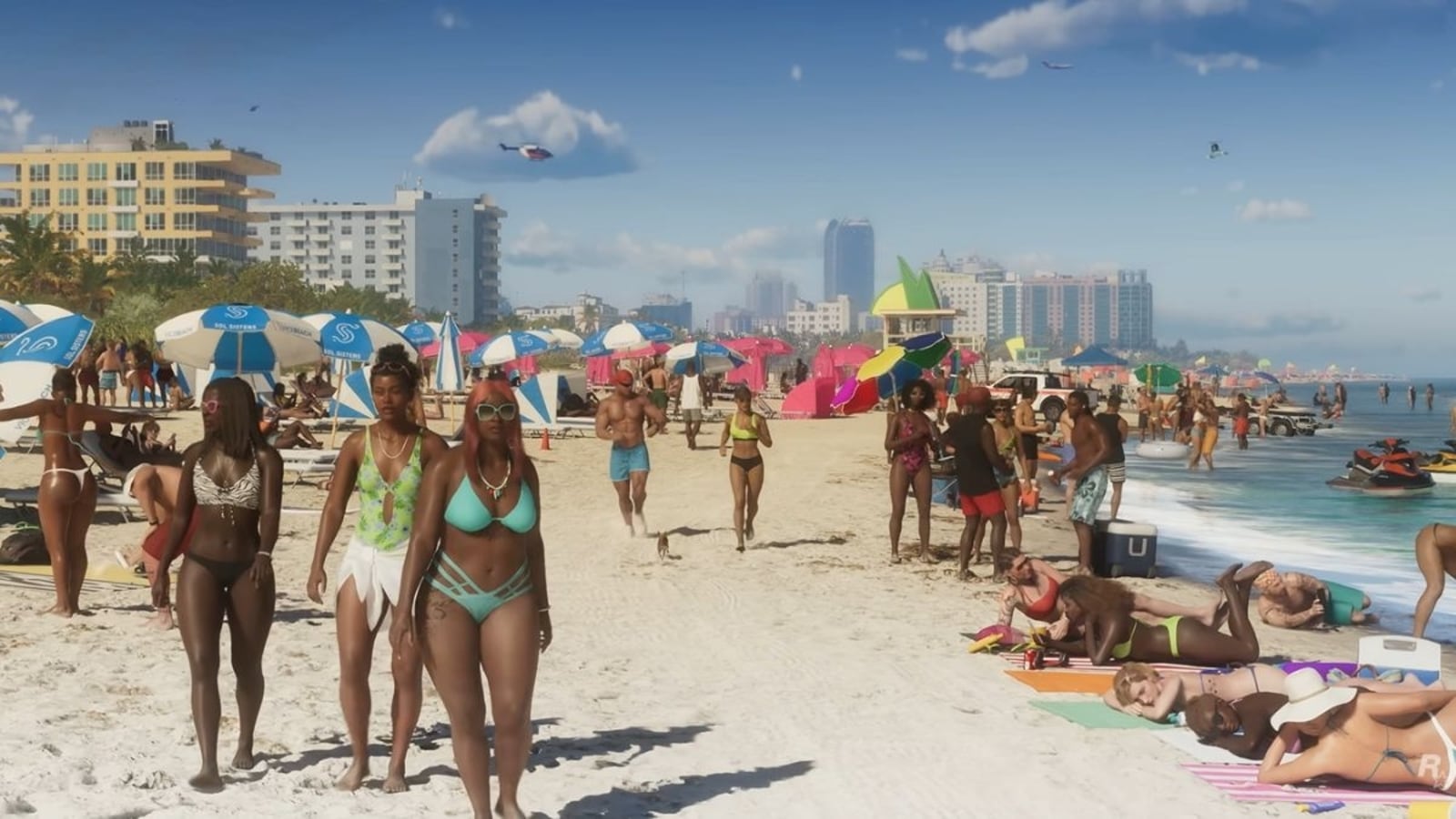Those spotlight moments can appear nearly messianic, but although “Rivulets” contains many solos — along with duets, trios, quartets and myriad other configurations — it is especially concerned with everyone dancing together. Many sections resemble contredanse or quadrille: ballroom arrangements of circles, lines, stars; dancers holding hands as they pass. There is a weaving, which usually accelerates and tightens before dispersing.
That is to say, the stream of consciousness has musical dynamics. Unusually for an O’Connor work, the musical score for “Rivulets” is by the choreographer himself. (It’s not radically dissimilar from those made his usual collaborator, James Baker.) Its sounds are as various as the choreography: simple piano and strings, sci-fi synth pads and backward voices, electronic blips and industrial noises, rain and wind. Shuttling rhythms recur in different forms. Attuned to the changeable shape of the dance, surging and subsiding, the music operates like weather — redoubling the impression of a complex system, clearly not random but hard to predict.
That the choreographer is also the composer heightens the feeling of an invisible hand, even though, as the program states, the choreographic material was created in collaboration with the dancers. These eight dancers have their moments — Mac Twining in an early, ribbonlike solo of turns; the self-possession of Leslie Cuyjet in tension with the fist-clenched intensity of Tess Dworman — but their idiosyncrasies are less emphasized, less charismatic, than those of the dancers in earlier O’Connor works.
And compared to those pieces, the humor of incongruity here is more subtle and scattered, hidden in the similarity between a step like a horse pawing and certain ballet classroom steps that come later. I was surprised by its mildness, and a little disappointed.
That didn’t stop me from staying engaged, though. “Rivulets” may have no theme, but one kept emerging for me. Not “the coexistence of everything,” though that applies. Maybe it was the prevalence of green in Reid Bartelme’s curiously frumpy costumes, or all the group formations, the many hoppy steps, the shuttling rhythms and weaving patterns: As I watched the ebb and flow of “Rivulets,” I kept thinking, “Tere O’Connor has made an Irish dance.”
Tere O’Connor Dance
Through Dec. 17 at Baryshnikov Arts Center; bacnyc.org.























